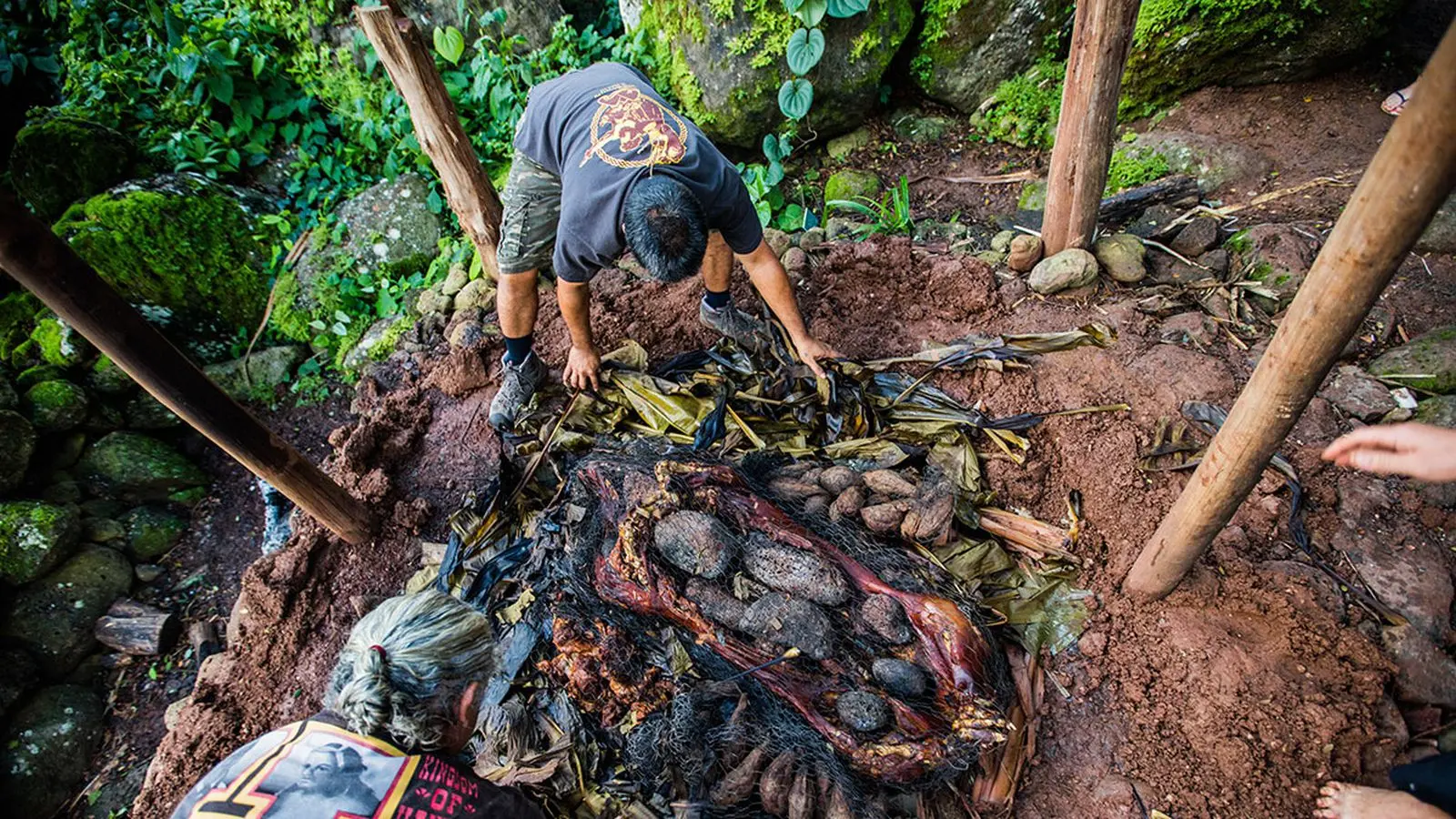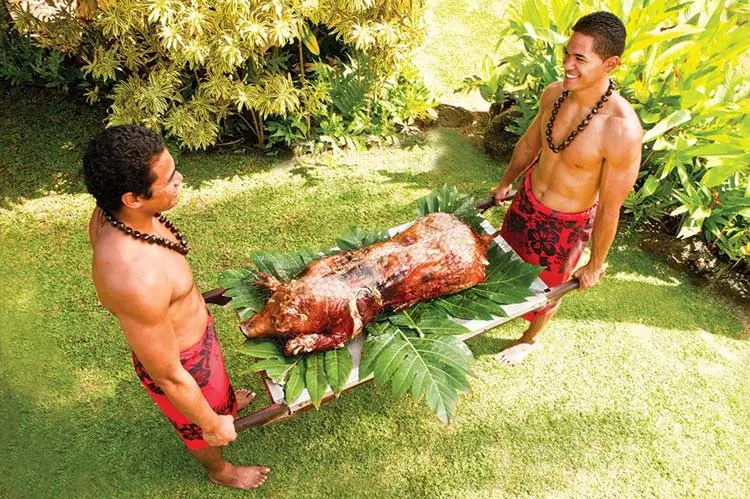If you've ever attended a Hawaiian luau or tasted traditional Hawaiian cuisine, you may have come across a mouthwatering dish called kalua pig. This shredded pork delicacy is a staple of Hawaiian celebrations and is cooked using a unique smoking method. In this article, we'll delve into the history and preparation of Hawaiian smoked pork, also known as kalua pig.

The Origins of Kalua Pig
To understand the significance of kalua pig in Hawaiian culture, we need to take a journey back in time to when the earliest settlers arrived in the Hawaiian Islands. Hawaii, being one of the most remote island groups in the world, had limited wildlife until Polynesian travelers arrived around 300 CE. These travelers brought with them various plants and animals, including pigs.
Over the centuries, the role of pork in Hawaiian cuisine evolved. For a long time, women were prohibited from eating pork under the laws known as ai kapu. These laws remained in effect until 1819 when King Kamehameha II abolished them, allowing women to enjoy kalua pig, along with other previously forbidden dishes. Since then, kalua pig has become a beloved and essential part of Hawaiian celebrations, particularly luaus.
What Makes It Kalua Pork?
The term kalua translates to (from the) pit in Hawaiian. It refers to a traditional cooking method that involves an underground oven called an imu. Any food cooked in an imu is considered kalua. While kalua pig is the most well-known kalua dish, other foods like fish and vegetables are also prepared using this method.
At a traditional Hawaiian luau, a whole pig is typically cooked in an imu. The opening of the imu is often turned into a ceremony that kicks off the festivities. The pig is slow-roasted over hot rocks, absorbing the flavors of the wood and charcoal as well as the steam from the vegetation. This lengthy cooking process, which can take up to eight hours, results in tender and juicy meat that practically falls off the bone.
The Tradition of Hawaiian Smoked Pork
The tradition of smoking pork in Hawaii dates back to ancient times. Polynesians introduced the imu oven to the islands, which was used to make kalua pork. These underground ovens were also used in Polynesia and the Americas for cooking and steaming food. Today, they are primarily used for ceremonial and luau purposes.
To construct an imu, Hawaiians dig a pit in the soil, usually about two to four feet deep. The pit is then filled with kindling and stones, which are heated by a fire. Once the rocks are hot, banana or ti leaves are placed over them to create steam. The cleaned and seasoned pig is then set in the imu, with hot rocks from the fire placed inside it. The pig is covered with more leaves and seasoned with sea salt or red alaea salt, which has a deep history in ancient Hawaiian culture.
The imu is covered with sand and soil, and the pig is left to slow-roast for several hours. During this time, it absorbs the flavors from the wood, charcoal, and steam, resulting in a rich and smoky taste. The end result is kalua pork, a dish that is not only delicious but also deeply rooted in Hawaiian tradition.
Pairing Kalua Pork with Hawaiian Specialties
Kalua pork is typically served alongside other native Hawaiian dishes at luaus and special occasions. These dishes include laulau (pork, chicken, or fish wrapped in taro leaves and steamed), poke (the Hawaiian version of sashimi), lomi salmon (cured salmon diced with tomatoes, onions, and chili peppers), and, of course, pineapple.
The Cultural Significance of Pork in Hawaii
Pork holds significant cultural and religious symbolism in Hawaii. It was associated with ancient Hawaiian rituals and religious sacrifices and even represented by a demi-god called Kamapua'a. Hawaiians believed that consuming pork and other foods once eaten by the gods would bestow divine potency, known as mana.
However, pork was not consumed regularly by the commoners. Only the chiefs, known as aili, feasted on large amounts of pork throughout the year. Commoners and women were only allowed to eat pork during special occasions, and men and women had to eat separately. It wasn't until 1819, under the rule of King Kamehameha II, that religious and food sacrifices were banned, and women were allowed to partake in the feasts.

Hawaiian smoked pork, or kalua pig, is a beloved dish that holds a special place in Hawaiian culture. Its origins can be traced back to the early settlers who introduced pigs to the islands. The cooking method using an imu creates tender and flavorful pork that has become a staple at luaus and other Hawaiian celebrations. So, if you ever have the opportunity to try kalua pig, be sure to savor the rich taste and appreciate the centuries-old tradition it represents.
If you want to know other articles similar to Exploring the tradition of hawaiian smoked pork you can visit the Food category.


Related Articles